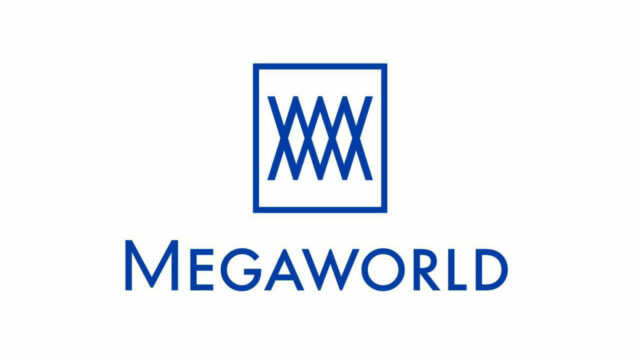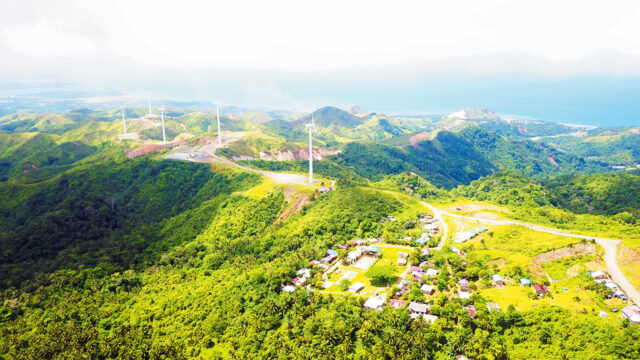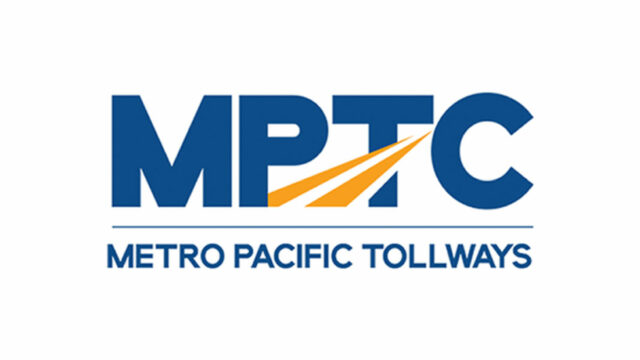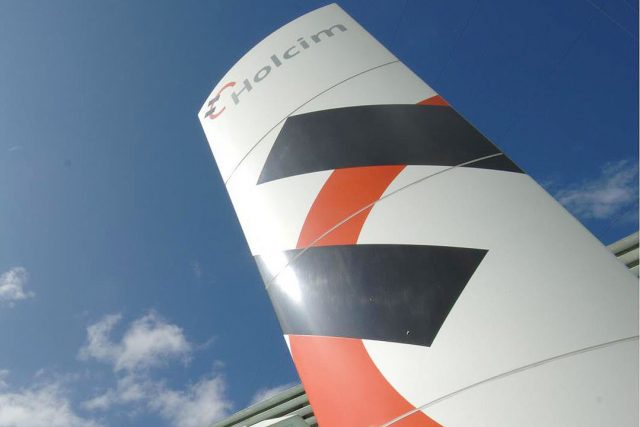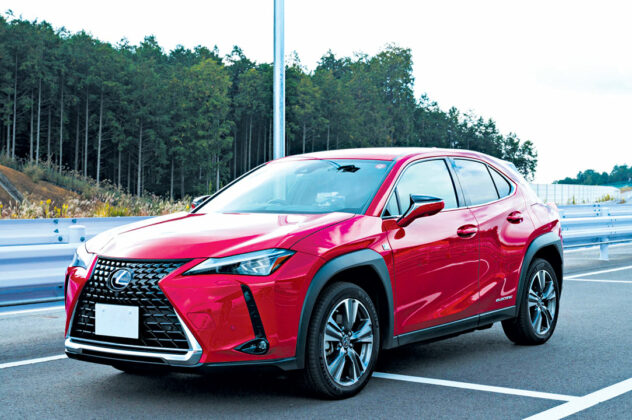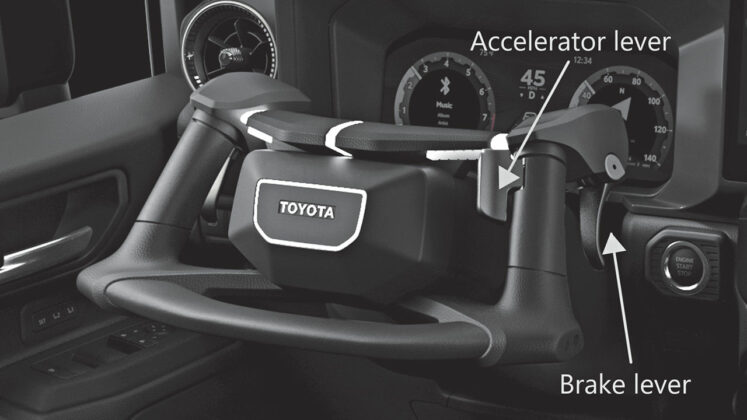By Kyle Aristophere T. Atienza, Reporter
JOHN PHILIP F. JAVIER, a 28-year-old entrepreneur in Manila, bought a P60,000 ($1,075) engraving machine from China this year as he tries to improve his wood design so his company, Sunshine and Decors, could venture into exports.
That would have cost him five times as much had he bought one locally.
He’s also looking for “potential products” from the Philippines’ top trading partner that he can sell locally, he said in a Facebook Messenger chat. “China offers cheaper prices especially if you buy wholesale.”
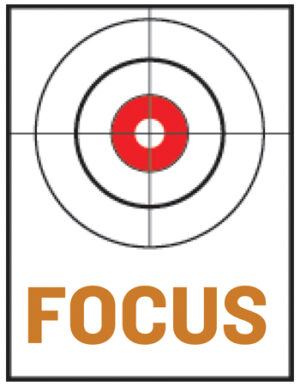 But he worries that worsening tensions between the Philippines and China over their sea dispute could affect his business plans.
But he worries that worsening tensions between the Philippines and China over their sea dispute could affect his business plans.
“It will be a big problem if China imposes trade sanctions because we import a lot of raw materials,” Mr. Javier said. “Prices will definitely increase.”
Relations between the Philippines and China are at subterranean lows as confrontations in the South China Sea between their coast guards have become more frequent, but bilateral trade continues.
Bilateral trade would likely flourish despite geopolitical tensions, economists said, noting that China remains the biggest source of technological products that the Philippines needs to stay competitive in the export market.
But the Philippines should keep a close eye on economic opportunities from a United States pivot to the Indo-Pacific region, which could accelerate American companies’ divestment from China in favor of other Asian economies, they said.
The biggest imported items from China are electronic products and machineries, said George N. Manzano, who teaches political economy at the University of Asia and the Pacific.
“The Philippines needs electronic parts and components from China in order to export,” he said in an e-mail. “If imported parts and components are sourced from more expensive suppliers, the competitiveness of Philippine exports, particularly electronics, would be undermined.”
China is the Philippines’ top trading partner. Bilateral trade in 2022 grew by 7.1% year on year to $87.7 billion, according to China Customs data.
Bilateral trade between the Philippines fell by 16% from a year earlier to $54.1 billion in January to September. China imported $14.36 billion worth of Philippine goods in the first nine months of this year, down by 19%.
Philippine imports from China hit $21.7 billion in January to September this year, while exports reached $8.18 billion, according to the Philippine Statistics Authority.
China was the second-biggest buyer of Philippine exports in 2022, Mr. Manzano said, “and the biggest source of Philippine imports.”
But it’s the US, not China, that has been the largest buyer of Philippine exports, with office machine parts, integrated circuits and insulated wires on top of the list.
“The reason why China can export a lot to the Philippines is that their products are very competitive in the world market,” Mr. Manzano said. “If the Philippines were to stop importing from China, then it would have to buy from countries that are less competitive than China.”
“The import bill may even increase, as the products from other countries are deemed to be more expensive than China’s.”
Mr. Manzano said the US has leaned on Vietnam as it tries to block tech imports from China. “But there were reports that tech products coming from Vietnam contain intermediate products originating from China. This would lessen the effectiveness of blocking imports of tech products from China.”
Tensions between the Philippines and China have flared since August, and the Southeast Asian nation under President Ferdinand R. Marcos, Jr. now plays a key role in the plans of both the US and Japan for the Indo-Pacific region.
Mr. Marcos was scheduled to visit on Sunday the US Indo-Pacific Command headquarters in Hawaii, in a move that geopolitical experts said could spur an aggressive response from China.
“If China takes the route of using geopolitical tensions as leverage on trade relations, it will have collateral effects on its bilateral relationships with other states, particularly Southeast Asian nations,” said Terry L. Ridon, a public investment analyst and convenor of InfraWatch PH.
“More importantly, this route will stain China’s prestige in the international community, as tensions in the entirety of the South China Sea involve other states in Southeast Asia,” he said in an e-mail.
Mr. Ridon said the Philippines is also an important market for China’s electric vehicle industry, as the Marcos government seeks to reduce carbon emissions.
‘EVENTUALITY’
“This is an important consideration if Beijing seeks to escalate tensions in terms of trade relations,” he said. “In recent years, China’s car industry has established a significant foothold in the country, and these may be targets of restrictions if trade relations sour.”
China could impose trade restrictions on Philippine agricultural exports including bananas, Mr. Ridon said. “Manila should be prepared for this eventuality, because the Marcos government does not appear willing to surrender the country’s sovereign rights.”
The US, which competes with China in trade, has been focusing on the Indo-Pacific region since pulling out of Afghanistan in 2021.
Mr. Marcos’ visit to the US Indo-Pacific Command headquarters in Hawaii shows that the Philippines is a key player in Washington’s pivot to the region amid growing authoritarian threats, said Joshua Bernard B. Espeña, who teaches foreign relations at the Polytechnic University of the Philippines.
Such a move could trigger an aggressive response from China, which could weaponize its trade and investments to discourage Southeast Asian economies from taking part in the Indo-Pacific strategy of the US and its allies Japan and Australia, he said in a Google Meet chat.
“Despite its size and scope of influence, I don’t think China has sufficient political capital to influence the sovereignty of other Southeast Asian economies,” John Paolo R. Rivera, president and chief economist at research group Oikonomia, said in an e-mail.
While the Philippines should continue trading with China, “it is still best to diversify its trade portfolio as a risk management strategy,” he added.
Mr. Manzano said “no one comes close” to China as far as trade is concerned, but the Philippines could look at neighbors Vietnam, Japan and South Korea.
The Middle East, European Union and Latin America are “viable alternatives,” Mr. Rivera said.
There has been no systemic retreat in global trade despite geopolitical tensions including Russia’s invasion of Ukraine, the International Monetary Fund (IMF) said in a report last month.
“There is no sign of structural retreat, but only occasional oscillations caused by cyclical factors and global supply chain disruptions experienced during the COVID-19 pandemic,” it said. “But since then, international trade as a share of gross domestic product has rebounded strongly, despite the fears of discriminatory geoeconomic fragmentation and protectionism.”
Mr. Manzano said US multinationals in China have adopted a “China plus one” investment strategy by diversifying their manufacturing and sourcing operations beyond China, amid bleak prospects for trade relations between the two countries.
The trade war between the world’s two largest economies began in mid-2018 when former President Donald Trump imposed new tariffs on many Chinese goods, most of which were kept by his successor Joseph R. Biden, Jr.
Mr. Biden has complained that China has given local companies especially manufacturers an unfair advantage by enforcing onerous restrictions on non-Chinese companies operating there.
This year, the US president banned exports of certain high-tech goods to China, telling American companies to diversify their sources of raw materials to cut their reliance on Chinese imports.
Mr. Biden, who has pursued closer ties with the Philippines, met with Chinese President Xi Jinping on the sidelines of the APEC Summit on Thursday.
“With the US pivot to the Indo-Pacific, there could be an accelerated disinvestment from China in favor of members of the Regional Comprehensive Economic Partnership (RCEP) that are not aligned with Beijing,” Mr. Manzano said. “This could be particularly true for high-tech investments of the US.”
But the Philippines and other RCEP members could only benefit from the trend if they improve investment conditions.
“So far, China gives the best value to investors — an abundance of manpower, good logistics, support for industries and low cost, that’s why it’s still the ‘factory of the world,’” Mr. Manzano said.
“However, if other RCEP members can improve on the aforementioned attributes, they can absorb the spillovers of multinational investments from China,” he added.
The Philippines earlier this year joined RCEP, the world’s biggest free trade agreement among 15 countries heavily dominated by China.
The Philippines is unlikely to be subjected to China’s export restrictions on critical materials “because we send raw materials to them,” Justin Keith Baquisal, an analyst at Future Trends, ASEAN Matters, Current Affairs, Technology and Security (FACTS), said in an e-mail.
“Countries like the US, which rely on component goods manufactured in China to make higher-end products like laptops and phones are more at risk,” he said.
The Philippines, which has more than 30 mines in operation, is a major nickel ore supplier to China.
Mr. Baquisal said China has sparingly used economic coercion lately because its economy is facing serious challenges. “They are not picking fights. China’s property market is in a bad shape, with many major real estate developers defaulting this year, and high local government debt is now becoming a major issue,” he pointed out.
Mr. Javier, the Filipino entrepreneur, agrees about the need to diversify Philippine trade. “It will benefit the countries involved. We can give and we can take.”

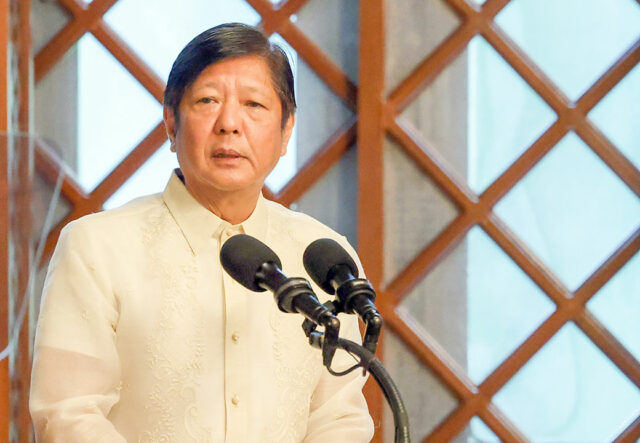



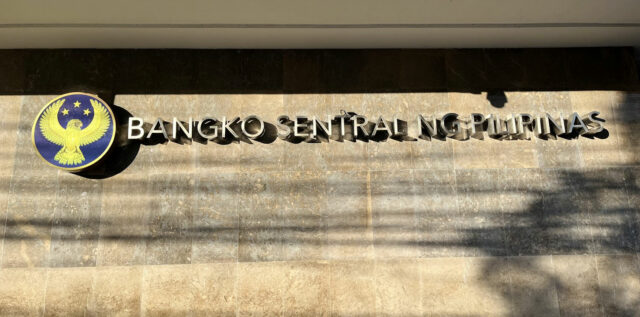
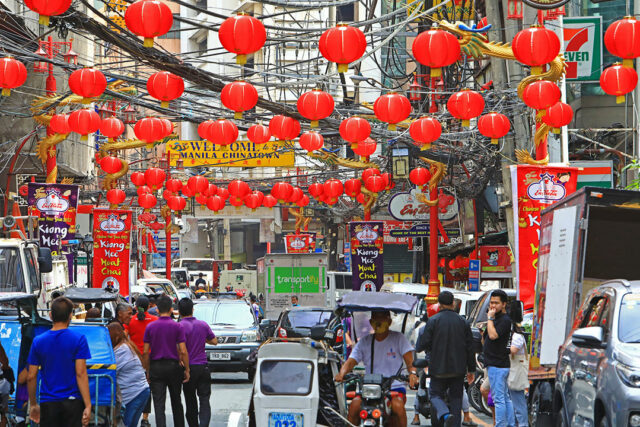
 But he worries that worsening tensions between the Philippines and China over their sea dispute could a
But he worries that worsening tensions between the Philippines and China over their sea dispute could a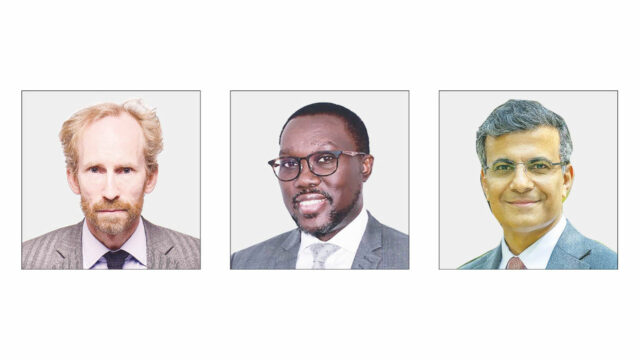
 A panel discussion on “Growing Prospects in Philippine Property” will feature Jon Canto, partner and managing partner of the Manila o
A panel discussion on “Growing Prospects in Philippine Property” will feature Jon Canto, partner and managing partner of the Manila o